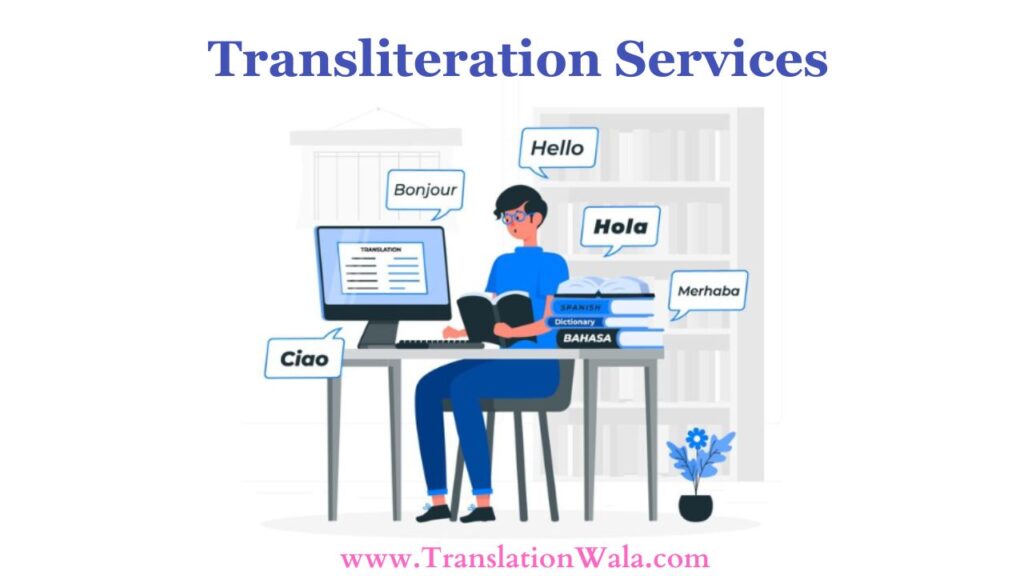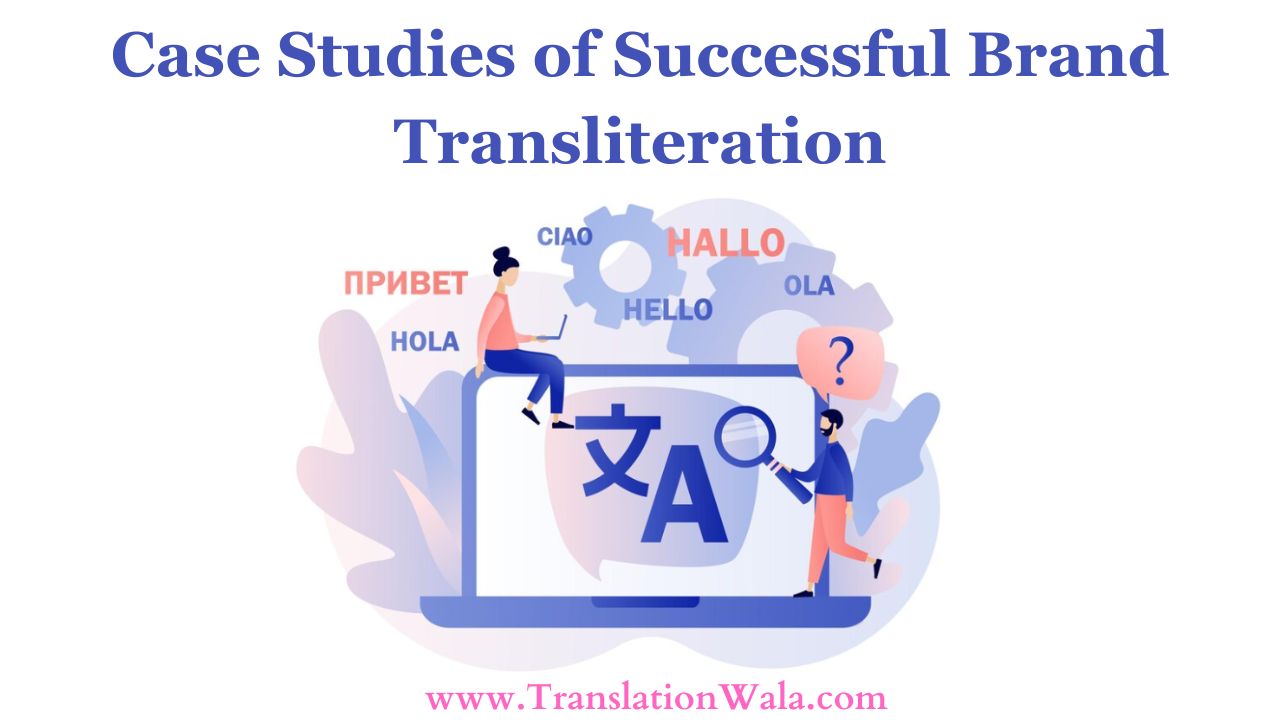In the international world of today, brands are going into more and more new areas. Because of this, they need to carefully think about how to translate their brand name and messages so that they are more meaningful to people in the area. Brand Transliteration changes a brand’s name, image, and messages to make sure they are culturally sensitive, grammatically correct, and consistent in different places and languages.
Transliteration of your brand can help you reach more new people, make them more loyal to your brand, and connect with them more deeply if you do it right. However, the process is hard to understand and must be carefully planned, carried out, and assessed.
This blog post will look at three examples of successful brand transliteration and point out the main ideas and strategies that made them work.
Also Read: Voice Over Translation – The Key to Global Success
Case Study 1: Dove
Unilever owns the global beauty brand Dove, and it has been able to transliteration its brand name and messages to connect with people in more than 150 countries. The company’s success comes from its attention on understanding other cultures, using correct language, and making emotional connections.
Chinese people wrote Dove’s name as “Duofu,” which means “dove” in Mandarin Chinese. The business also made sure that its marketing efforts fit in with the local customs and tastes. Dove’s “Real Beauty” ad, for example, showed women of different races and body types to show how important it is to accept yourself and your inner beauty. Chinese customers really liked this because they like themes that are open to everyone and are real.
Case Study 2: Starbucks
Starbucks, the worldwide coffee shop company, has also done a great job of bringing its name to new countries. The company’s strategy is to keep the most important parts of its brand personality while also adjusting to differences in language and culture.
When the American coffee chain Starbucks expanded into Japan, they used the moniker “Sutbakkusu.” The usage of decorations and signage designed in a Japanese-style by the firm brought a sense of familiarity and relevance to the activities of the local population. Matcha Green Tea Frappuccino and Sakura Mochi Frappuccino are two examples of the Japanese-inspired beverages that Starbucks has recently introduced to its menu. Because of these adjustments, Starbucks was able to establish a solid brand presence in the Japanese market.
Case Study 3: Nike
Nike, a global business that makes shoes, clothes, and sports equipment, has successfully changed its brand so that it appeals to people all over the world. The company’s success comes from its commitment to staying true to its brand while also changing to different cultures.
In Arabic, Nike’s name is written as “Naiki.” In its marketing efforts, the company also used symbols and images from the area’s culture. One example is a Nike ad that showed a female athlete wearing a hijab, which supported Muslim women’s rights and equality. This really hit home with Arab customers, who liked that the company understood their traditional beliefs.
Also Read: How Language Translation Services Can Help Your Business Grow

Key Takeaways from Successful Brand Transliteration
The Dove, Starbucks, and Nike case studies show a few important rules for transliterating brands correctly:
- Cultural Sensitivity: When brands transliterate their name and messages, they need to think carefully about local culture rules, tastes, and sensitivity.
- Linguistic Accuracy: When brand names and messages are transliterated, they should be technically correct and not have any hidden meanings or cultural misunderstandings.
- Brand Consistency: While changing to local language and culture, brands should try to keep the most important parts of their brand personality.
- Emotional Connection: Transliteration is a way for brands to connect emotionally with local customers by connecting with their ideals and goals.
- Continuous Evaluation: Brands should keep checking to see how well their translation efforts are working and make changes as needed.
Conclusion
A very important part of global branding is name transliteration. By following the tips in this blog post, brands can reach more people, make customers more loyal, and connect with customers all over the world on a deeper level.



